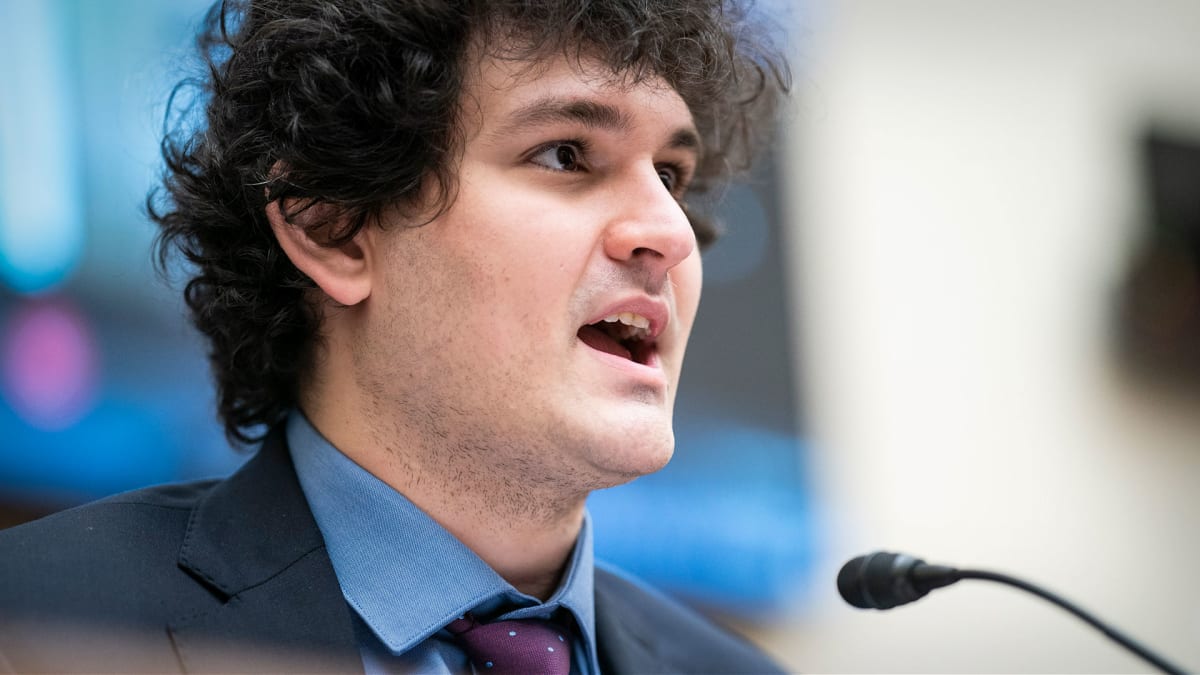
Sam Bankman-Fried, the fallen founder of bankrupt cryptocurrency exchange FTX, is currently one of the world's most hated people.
On social networks many are calling for him to be sent to jail after his empire's abrupt bankruptcy on Nov. 11.
On Nov. 7, four days before the bankruptcy of FTX and its sister company Alameda Research, a hedge fund that also acts as a trading platform, Bankman-Fried said that everything was fine and that the assets were "fine."
This statement from the man known in the crypto space as SBF was badly received by millions of FTX customers and investors who do not know if they will be able to recover even some of their money. FTX owes at least $3 billion to its top 50 creditors, according to court documents.
Investigations by the American and Bahamian regulators are ongoing. Bankman-Fried, 30, who lives in the Bahamas, has not been charged with any wrongdoing.
The former trader now wants to try to control the narrative around his sudden fall. After staying silent on social networks for several days, he's been offered two golden opportunities to publicly give his version of the disaster that is FTX.
New York Times Dealbook Summit
Bankman-Fried is indeed the star guest at the New York Times Deal Book Summit on Wednesday, Nov. 30. He will be interviewed by Andrew Ross Sorkin, who confirmed the information on his Twitter account.
"A lot of folks have been asking if I would still be interviewing @SBF_FTX at the @nytimes @dealbook Summit on Nov 30…" Sorkin said on Nov. 23. "The answer is yes. 👇There are a lot of important questions to be asked and answered. Nothing is off limits. Looking forward to it…"
"I’ll be speaking with @andrewrsorkin at the @dealbook summit next Wednesday (11/30)," SBF confirmed as well.
The next day, Dec. 1, Bankman-Fried will be the guest of a live Space event on Twitter.
"🚨@SBF_FTX joining our space. What should we ask him?" posted the host, Mario Nawfal, on Nov. 29.
SBF confirmed the interview.
Expectations surrounding these interviews are high. Many commentators on social networks hope that Bankman-Fried will be asked questions that will help give evidence to investigators.
"If you don’t call it out like it is we’ll make sure the credibility hit follows you until the end of your career," one Twitter user said, addressing Sorkin.
"This is only acceptable if you're aiding law enforcement in their arrest of Scam Bankster-Fraud," said another Twitter user.
Bankman-Fried's Firm and Its Downfall
In these two forums Bankman-Fried will no doubt push back against the scathing criticisms of John Ray, the new CEO in charge of restructuring FTX, who has indicated that the founder and his associates had failed at all levels.
"Never in my career have I seen such a complete failure of corporate controls and such a complete absence of trustworthy financial information as occurred here," Ray wrote in a 30-page document filed with the U.S. Bankruptcy Court in the District of Delaware.
"From compromised systems integrity and faulty regulatory oversight abroad, to the concentration of control in the hands of a very small group of inexperienced, unsophisticated and potentially compromised individuals, this situation is unprecedented."
Bankman-Fried received a personal loan of $1 billion from Alameda, according to Ray. The firm also gave a $543 million personal loan to Nishad Singh, the FTX director of engineering, and $55 million to Ryan Salame, the co-CEO of FTX Digital Markets, one of FTX's affiliates.
"I understand that there does not appear to be documentation for certain of these transactions as loans, and that certain real estate was recorded in the personal name of these employees and advisors on the records of the Bahamas," the liquidator said.
Here is the timeline of the downfall of FTX and Bankman-Fried.
As a crypto exchange, FTX executed orders for clients, taking their cash and buying cryptocurrencies on their behalf. FTX acted as a custodian, holding the clients’ crypto.
FTX then used its clients’ crypto assets, through its sister company’s Alameda Research trading arm, to generate cash through borrowing or market-making. The cash FTX borrowed was used to bail out other crypto institutions in summer 2022.
At the same time, FTX was using the cryptocurrency it was issuing, FTT, as collateral on its balance sheet. This was a significant exposure, due to the concentration risk and the volatility of FTT.
The insolvency of FTX stemmed from a liquidity shortfall when clients attempted to withdraw funds from the platform. The shortfall appears to have been prompted by FTX’s founder reportedly transferring $10 billion of customer funds from FTX to Alameda Research.







